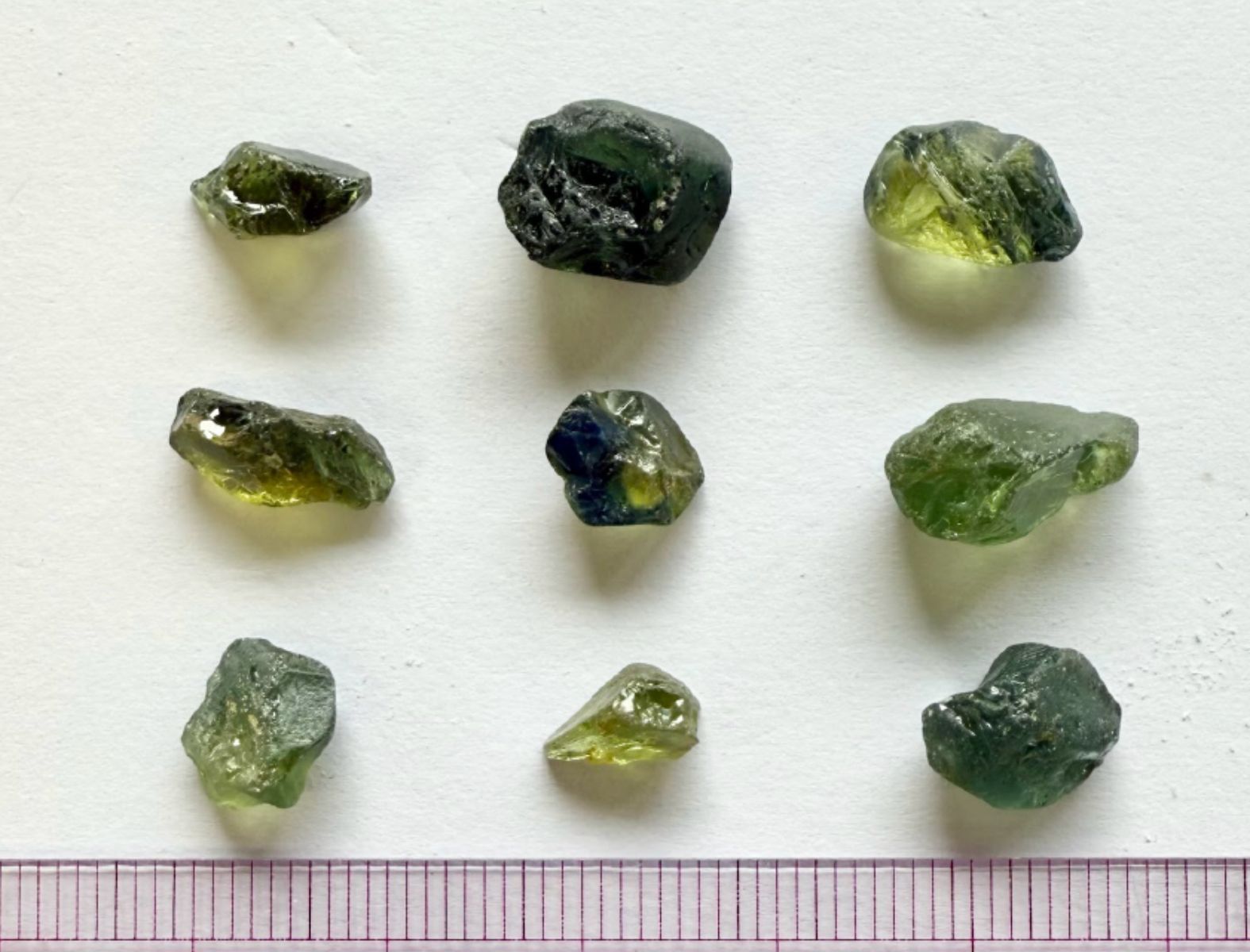Highlands Biological Station
Notes from the Archives
Step back in time with us as we delve into the rich history of the Highlands Biological Station. Notes from the Archives offers a glimpse into the stories, discoveries, and milestones that have shaped our legacy. From rare photographs and historic documents to personal accounts and scientific breakthroughs, this page is dedicated to preserving and sharing the moments that connect our past to the present.
Join us on a journey through the archives as we celebrate the people, events, and ideas that continue to inspire our work today.
A First Gift to the Highlands Museum
Curious about the first gift that helped shape the Highlands Museum and the legacy behind our Nature Center? Dive into A First Gift to the Highlands Museum — a fascinating story of generosity and community that helped spark a tradition of discovery and conservation here at Highlands Biological Station. Learn more and be inspired by how one gift can make a lasting impact.
Highlands Mineral Society 1955–1962
Submitted: October 2025
Volunteer Archivist: Bryding Adams
Lydia Sargent Macauley (July 5, 1932 - August 8, 2025)
Submitted: September 2025
Volunteer Archivist: Bryding Adams
Franklin Reed Dulany, Sr. (1897–1982)
Submitted: July 2025
Volunteer Archivist: Bryding Adams
Ralph Millard Sargent and Louise Alexandria Anderson Sargent
Submitted: March 2025
Volunteer Archivist: Bryding Adams
Laura M. Bragg - 1941 Summer Director of The Highlands Museum of Natural History - Nature Center
Submitted: February 2025
Volunteer Archivist: Bryding Adams
The Clark Foreman Museum: Now the Highlands Biological Station Nature Center
Submitted: January 2025
Volunteer Archivist: Bryding Adams
















